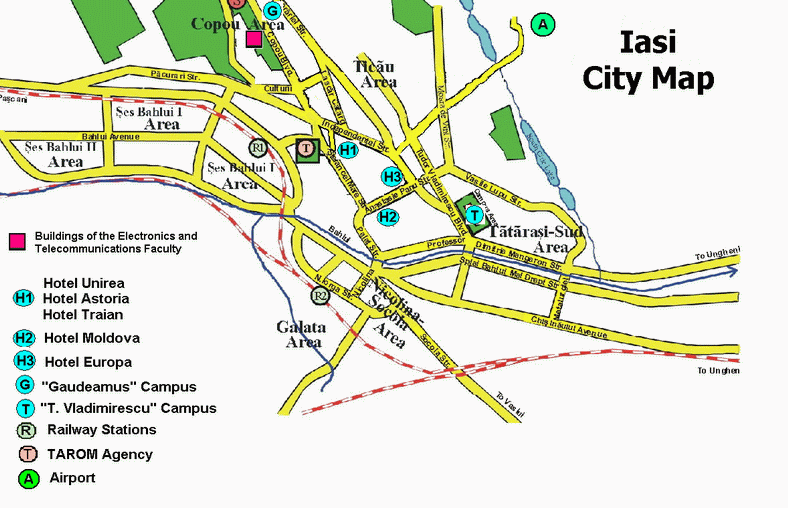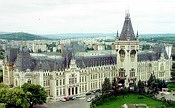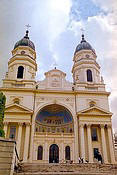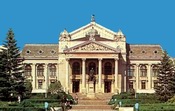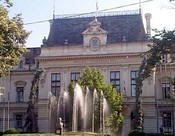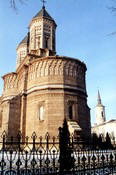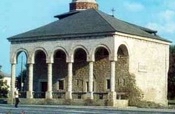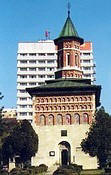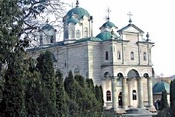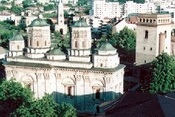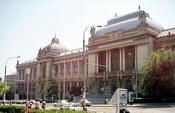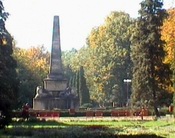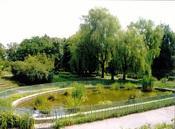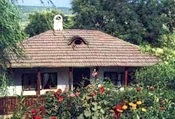|
|
|
12th Edition - Iasi ROMANIA |
|
September 21-24, Iasi, Romania |
||
|
|
|
||||||||||||||||||||||||||||||||||||||||||||||||||||||||||||||||||||||||||||||||||||||||||||||||||||||||||
|
|
|||||||||||||||||||||||||||||||||||||||||||||||||||||||||||||||||||||||||||||||||||||||||||||||||||||||||||
|
|||||||||||||||||||||||||||||||||||||||||||||||||||||||||||||||||||||||||||||||||||||||||||||||||||||||||||
|
A list of hotels in Iasi is provided below. Reservations should be made either through the organizing committee by completing the online hotel reservation form (available after 1 April) or directly contacting the hotels.
You can choose for accommodation on of the following:
hotels of the University or hotels in Iasi:
For more details you could visit the site: http://www.hoinari.ro/cauta.php?c=Iasi An informative medium price is 50 euro/night, for a single room with bath. For more information and reservation, please contact the organizers.
|
|||||||||||||||||||||||||||||||||||||||||||||||||||||||||||||||||||||||||||||||||||||||||||||||||||||||||||
|
The city of Iaşi is the main city of the north-east part of the country, in a hills region, an old city with a strong cultural tradition. The city has a surface of 3.770 ha and a population of 339.889 people. Linked web-pages: http://www.laiasi.ro/index.php http://www.inoras.ro/?section=localuri&dom=21&or=1&iasi=Muzee,ObiectiveTuristicesiCulturale http://www.hoinari.ro/cauta.php?c=Iasi http://www.tourismguide.ro/html/orase/Iasi/Iasi/index.php http://www.hoinari.ro/cauta.php?c=Iasi http://www.marshal.ro/index.php?cat=224
The Palace of
Culture
The Palace was inaugurated in 1926 by the Romanian king Ferdinand de Hohenzollern. It was built on the ruins of an old Moldavian castle (1434), in neogothic flamboyant style, with ornamental details, designed by the architect I.D.Berindei. Today is the site of important museums and exhibitions.
The Metropolitan Cathedral of Moldavia and Bucovina
"Vasile
Alecsandri" National Theatre
The building is the
oldest and the most beautiful theatre in the country, finished
in 1896, after a design of the Wiener architects Fellner and
Helmer, who had also designed theatres of Wien, Prague, Odessa,
Zurich. The curtain was painted by Wiener master M. Lenz, the
iron curtain and the ceiling were painted by Al. Goltz and the
main candelabrum is of Wiener crystal, with 109 bulbs. Theatre
and Opera are both working here.
Is a
neoclasic palace, rich decorated inside, built in the last three
decades of the XVIIIth century, after a design by Johan Freywald.
Was property of noble Rosetti - Roznovanu family, of royalty and
finally of the state. Its walls were silent witnesses of
important historical events of the country.
Its an
archaic rock house, built in the second half of the XVIIth
century and belonging initially to the "Saint Nicolae Lordly"
Church. Here worked in 1679 a typography, were a few of the
first books in Romanian language were printed, by the humanist
metropolitan bishop Dosoftei. Today is an old Romanin literature
museum, containing old original important manuscripts.
The "Bărboi" Church
A monumental church
with Doric columns supporting the porch was built between years
1841-1844, on the foundation of an older church (1615). Here are
buried the Romanian writer Alecu Russo and the king Ioan Sandu
Sturdza and in the tower was found the library of Romanian
writer Costache Conachi.
The "Golia"
Monastery
Is one of the most
important four libraries in the country and has a very valuable
old books collection. The building has the aspect of a king
house and was built by the Romanian engineer Emil Prager between
years 1930-1934, after a design of Romanian architect Constantin
Jotzu, realized for the University Foundation of the Romanian
king Ferdinand I Hohenzollern-Sigmaringen.
Is the oldest
University in Romania, founded at the 26 of October 1860 by the
first king of the united kingdom of Romania, Alexandru Ioan Cuza.
The actual monumental building of university was built between
years 1893-1897, after a design by Louis Blanc, and inaugurated
by king Carol I. Inside can be admired the famous "Lost Steps
Hall", wall painted by Sabin Bălaşa. In the front of the two
entrances of the University are watching the statues of
A.D.Xenopol, sculpted by C.Baraschi, and of M. Kogalniceanu,
sculpted by W.Hegel.
The “Copou” Park
and Eminescu’s linden tree
The area became a
park around years 1833-1834 and was transformed in a modern
garden by
In this park,
under his linden tree which still lives today, the Romanian
greatest poet Mihai Eminescu used to rest and meditate. An
Eminescu museum was open here today.
Botanical
Garden of Iasi
The “Cetăţuia”
Monastery
The “Ion Creangă”
Hovel
A lot of many other memorial houses, museums, monuments, monastery and churches can be visited in the area, witnesses of past time rich of important historical and cultural events. Only a few are mentioned here any more: - “Mihail Sadoveanu” Memorial House - “Mihail Kogalniceanu” Memorial House - “Vasile Pogor” Memorial House and the Literature Museum of Moldavia - “Galata” Monastery - "Hlincea" Monastery with the holy icon and list can continue. |
|||||||||||||||||||||||||||||||||||||||||||||||||||||||||||||||||||||||||||||||||||||||||||||||||||||||||||
|
|
|
Ministry of Education and Research |
|
|
|
Romanian Association for Electronics Industry and Software |
|
|
|
Association for Promoting Electronic Technology |
|
|
|
IEEE Romania Section |
© 2005 Faculty of Electronics and Telecommunications Iasi
